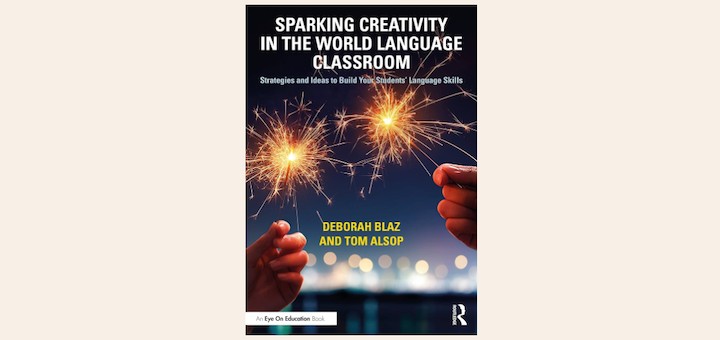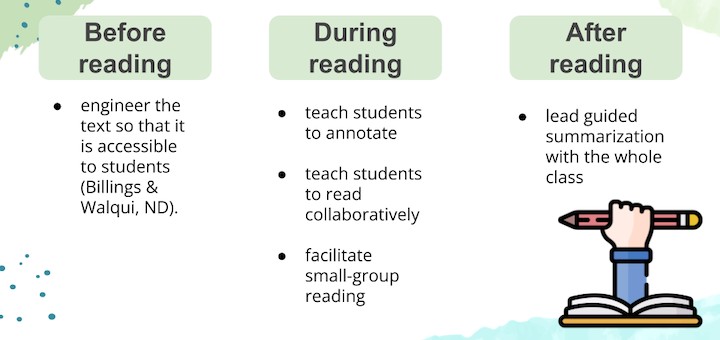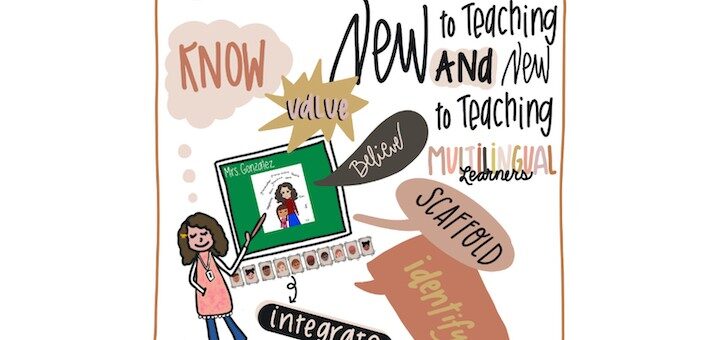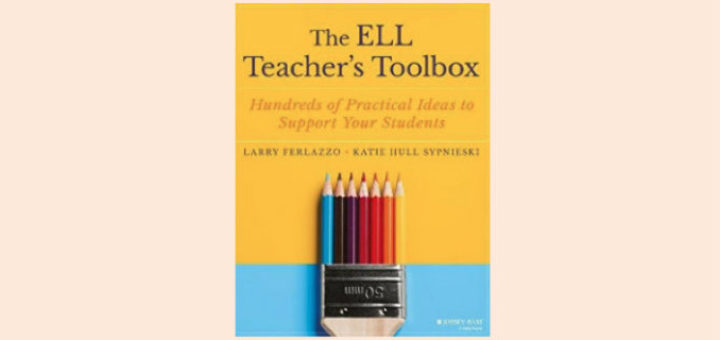Tagged: English Language Learners
Jennifer Throndsen pinpoints frontloading as an effective strategy that supports multilingual learners in both their content studies and language development. Learn how preteaching key vocabulary, background knowledge and core concepts scaffolds learning and accelerates progress.
The ELL Teacher’s Toolbox 2.0 is a thoughtful update to Ferlazzo and Sypnieski’s widely used first edition. Fresh ideas and resources support the learning culture they helped create – one of belonging, inclusivity and working together, writes teacher and coach Melinda Stewart.
“Turn and talk” has become a common practice in classrooms. But what’s really happening in those conversations? Alma Ortiz-Agib and Sunday Cummins have found that students, including English learners, benefit from using collaborative language frames to make the talk meaningful.
When Enrique Santana Carballo started teaching science in a bilingual setting, he quickly realized that many of students weren’t struggling with science but with reading. To support ELLs and students with disabilities, he introduced literacy strategies which he shares here.
By clearly defining language objectives and developing related sentence frames we can boost language development and impact English language learners’ reading and writing growth significantly. Alma Ortiz-Agib and Sunday Cummins share strategies developed in real classrooms.
Sparking Creativity in the World Language Classroom by veteran educators Deborah Blaz and Tom Alsop provides examples from language programs showcasing how creativity can be integrated into curricula to engage our students, writes Spanish teacher and ELM coach Melinda Stewart.
To help long-term English learners meet reading comprehension challenges, language specialist Tan Huynh shares strategies to use before reading, during reading, and after reading so that multilinguals have the scaffolding they need to read grade-level texts with understanding.
Writing from her background in working with students who were born outside of the U.S and are new to the country, the language, the culture, and the school system, Dr. Stephanie Dewing shares five tips to engage these newcomers. Included: assets-based language development.
First and foremost, writes EL expert Valentina Gonzalez, new teachers need to view multilingualism as a student asset. Learn her five proven strategies to achieve teaching success with multilinguals, who need to be valued, respected and supported to master academic content.
The ELL Teacher’s Toolbox is all meat with 400+ pages of teaching tactics, techniques, and methods, organized for use by ELL teachers and their colleagues across content areas. Educator Rita Platt says the book’s high impact strategies are perfect for summer PD.























